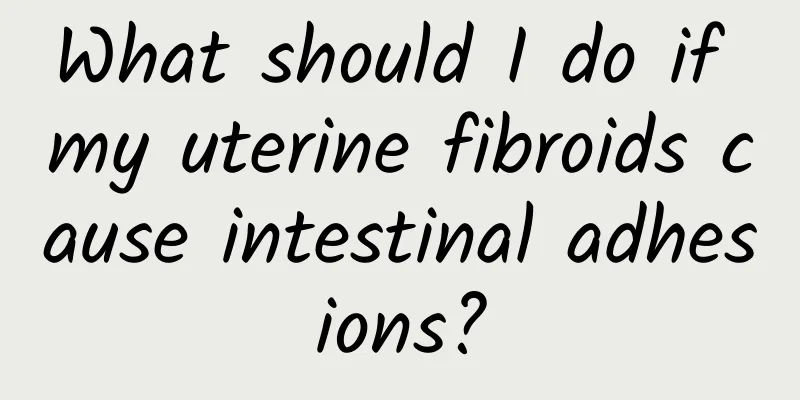Traditional Chinese medicine Shugan Sanjie decoction can effectively treat uterine fibroids

|
Shugan Sanjie Decoction is a commonly used prescription in Traditional Chinese Medicine for the treatment of uterine fibroids. It has the effects of soothing the liver and relieving depression, promoting blood circulation and removing blood stasis, and softening and dispersing nodules. It originally came from the book "Famous Doctors' Proven Prescriptions". Ingredients of the prescription: Bupleurum, raw oyster, Salvia miltiorrhiza, red peony root, Scrophularia ningpoensis, Angelica sinensis, Prunella vulgaris, seaweed, kelp, pumice, Achyranthes bidentata, and Fritillaria cirrhosa. Explanation of the prescription: Traditional Chinese medicine believes that uterine fibroids are closely related to the location and sensory distribution of the liver and gallbladder meridians, so the treatment process is treated with the method of soothing the liver and dispersing the knots, so as to achieve the purpose of unblocking the meridians and promoting the flow of qi and blood. Among them, Bupleurum has the effect of soothing the liver and relieving depression; Angelica, Red Peony Root, and Salvia Miltiorrhiza can be used together to achieve the effect of regulating the liver and removing blood stasis; and Achyranthes bidentata can lead the medicine downward, while oyster, pumice, Scrophularia, Fritillaria cirrhosa, Prunella vulgaris, Sargassum, and Kelp can be used together to soften and disperse the knots. Using these 12 important herbs together can effectively treat uterine fibroids. It should be noted that if patients with uterine fibroids have symptoms such as sternal chondritis and breast hyperplasia, dandelion can be added in appropriate amounts; if patients have thyroid tumors, platycodon and Xiaojingdan can be added; if patients have irritability and sweating, endosperm gardenia and fermented black bean soup can be taken together; if patients are in menopause and have excessive menstruation, the content of Achyranthes bidentata can be increased, and Zelan leaves can be added; if patients have cervical lymph node inflammation, Achyranthes bidentata should be removed and Platycodon and Citrus aurantium should be added. |
<<: How to deal with various vaginitis in expectant mothers
>>: To relieve dysmenorrhea, women may try sleeping naked
Recommend
Who says vegetarians are less likely to suffer from stroke? (Down)
Regular health check-ups should not be ignored In...
Brief analysis of important dietary precautions for cervical erosion
In daily life, patients with cervical erosion sho...
What if my period comes 9 days earlier than last time?
What if my period comes 9 days earlier than last ...
Queue up for the New Year’s Eve dinner and get it done with just one click! Cloud refrigerator serving food
If you want to eat the New Year's Eve dinner ...
Basic examination items for postmenopausal bleeding
Some patients with postmenopausal bleeding, espec...
Will urinary tract infection affect menstruation?
Will a urinary tract infection affect my menstrua...
What are the dangers of congenital absence of vagina in women?
The abnormal development of female reproductive o...
Ride a flywheel to burn fat and lose weight! Grasp the 3+3 principle and lose body fat more effectively!
Do you like to pedal the flywheel? In recent year...
Early symptoms of hyperprolactinemia
Hyperprolactinemia, if it is pathological, will h...
How to take measures to prevent cervical erosion 4 ways to prevent cervical erosion
If a woman suffers from a gynecological disease s...
Is pelvic effusion 22×15mm serious?
Is pelvic effusion of 22×15mm serious? 1. Pelvic ...
What impact do uterine fibroids have on fertility?
Uterine fibroids have a great impact on women'...
Don’t throw away the lemon peel! Nutritionist reveals: 10 benefits of lemons, 3 traps to avoid
Many people buy lemons and make lemon juice and l...
What are the differential diagnosis methods for ovarian cysts?
Ovarian tumors are common tumors of the female re...
People need to know some of the causes of adnexitis
Many women today are not very clear about the cau...









